The listed building system: How it works, how it came about, and what needs to change
To describe a building as ‘listed’ is a way of saying it is important, but what does it mean? Roger Bowdler looks at how listing came about and how it has changed.
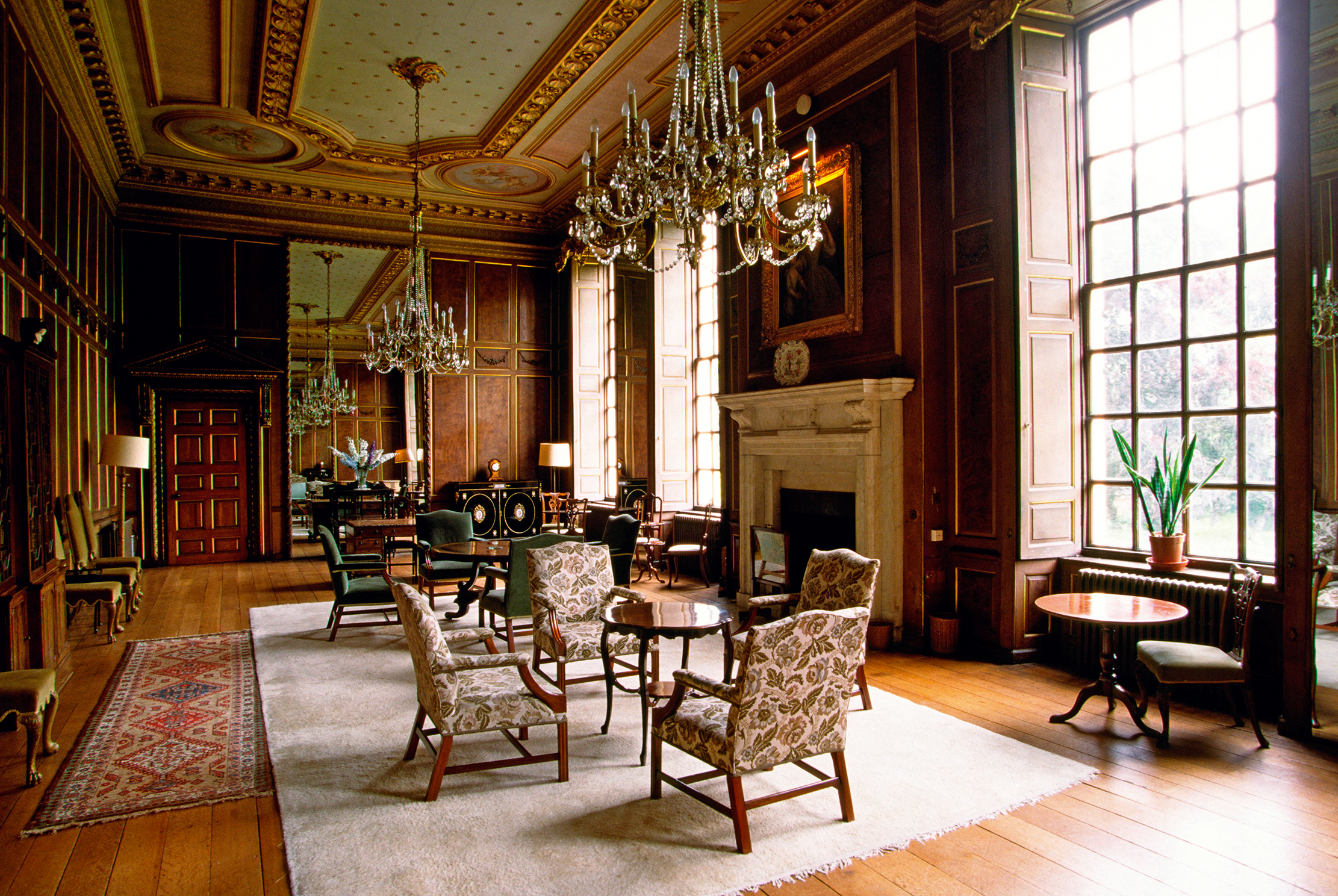

It’s a staggering fact that there are about half a million listed buildings — the precise number is impossible to tally and it changes anyway — on the National Heritage List for England. Notionally, this is a list of all buildings of special architectural or historic interest in this part of the UK. ‘Special’ is a high test — and is distinct from the curious. There are also degrees of listing, with the most important identified as Grade I or Grade II*. Conferring ‘listed’ status triggers the demand for an extra planning consent, so listing carries clear implications for owners.
There is a political aspect to this act of heritage recognition as well: Historic England recommends listing and the Department for Digital, Culture, Media and Sport — almost always — agrees. Now and then, however, the minister does overturn a recommendation. The new Culture Secretary, Nadine Dorries, for example, recently did so with a 1950s concrete tower in Redcar, North Yorkshire. As in this case, it is her opinion that ultimately prevails if listing is contested.
John Ruskin and William Morris laid the intellectual foundations for an interventionist approach to the preservation of historic buildings in the late 19th century with their foundation of SPAB, the Society for the Protection of Ancient Buildings. It was, however, concern at the sheer pace of modernisation between the wars, as well as the need to know what buildings mattered when reconstructing Britain’s blitzed cities, that catalysed government action: the present system of listing was brought into being by two Town and Country Planning Acts in 1944 and 1947.
As a creation, therefore, the National Heritage List sits alongside the National Health Service, free school milk and National Parks as part of a much wider initiative by which the post-war central government busied itself with the health and welfare — cultural, as well as medical — of its citizens. Thus the task of listing began.
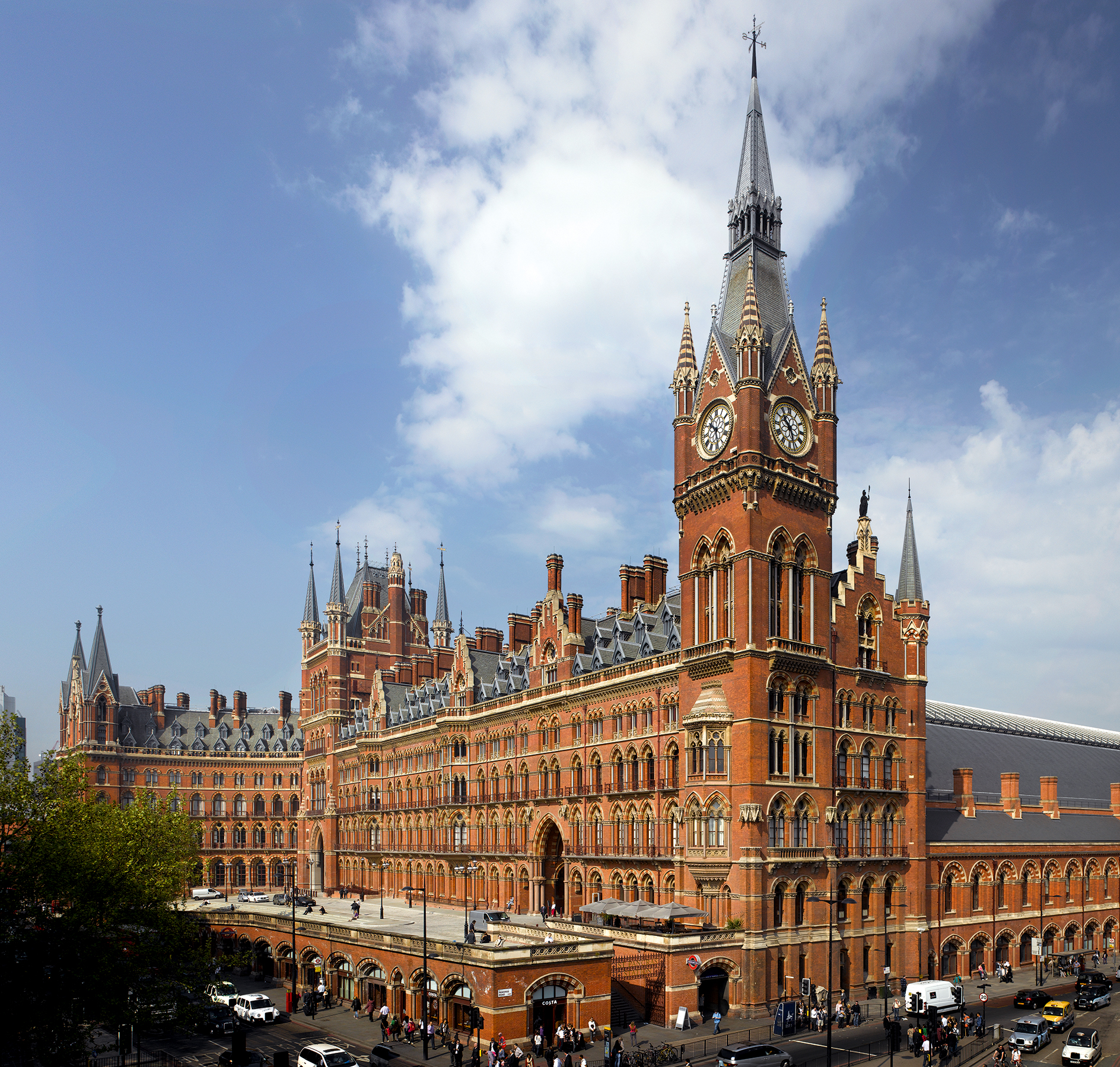
Inspectors would tour their assigned areas, clipboards at the ready, identifying buildings that met the criteria. Lists for each local authority quickly took shape and were issued by the Ministry of Housing and Local Government (or its successors). The lists were obscure documents, which were hard for the non-professional to track down. They were also periodically revised, but owners weren’t consulted. Slowly, they embraced Victorian and then 20th-century architecture, too.
Listing shifted gear in the 1980s, in part as a result of the demolition in 1980 of the Art Deco Firestone Factory, Brentford, west London, on the eve of it being listed. This notorious episode made clear the shortcoming of the lists, particularly with regard to 20th-century architecture. No less important were the inner-city riots the following year. The desire to make heritage contribute to the regeneration of depressed urban centres further encouraged Michael Heseltine, then Environment Secretary, to shake up the system and undertake a root-and-branch revision of the list. He even brought in outside contractors to help with the work.
After this surge of activity, the process of listing began to slow and its character started to change again. In the 1950s, interiors were hardly ever inspected, but they began to be taken into consideration and there was also a new emphasis on deepening and widening the coverage of the list with specialist studies of building types. Listing also attempted to steal a march on changing public opinion and identify tomorrow’s heritage before today’s developer replaced it. A ‘30-year rule’ ensures that only very special buildings can be considered for listing and a ‘10-year rule’ excludes the most recent from listed status.
Exquisite houses, the beauty of Nature, and how to get the most from your life, straight to your inbox.
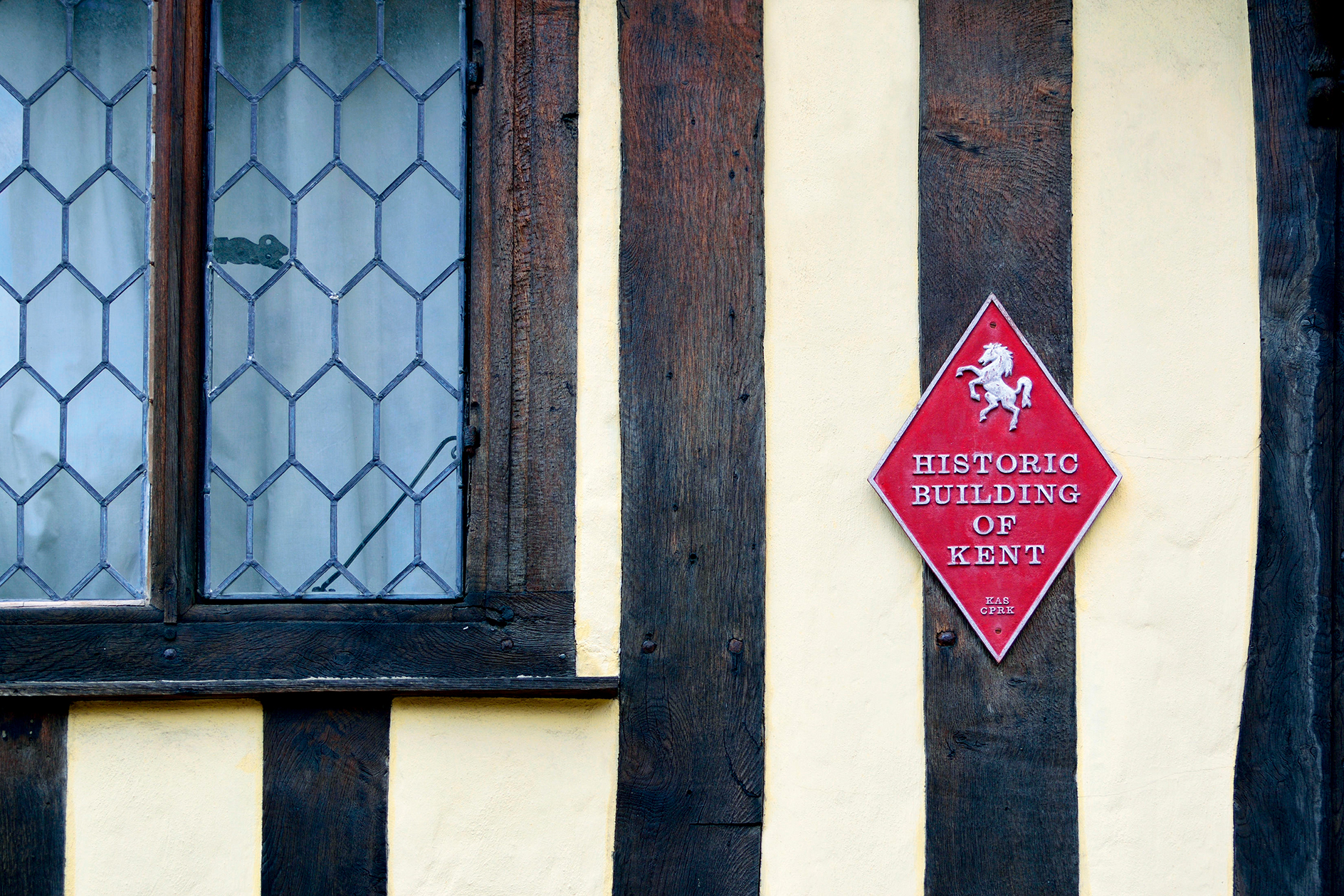
By the early 2000s, state regulation was in the political spotlight, with calls for greater openness and transparency. The heritage system was not exempt and so came another important change. Listing had been set up 60 years before as a technical tool to advise the fledgling planning system. New approaches were needed to reconcile the interests of owners keen to enjoy their property as they saw fit with an increasingly articulate conservation lobby, which saw historic buildings as a finite resource. The age of Grand Designs had arrived and demanded a response.
Thus was born the Heritage Protection Bill: a set of reforms presented to Parliament in 2008. It didn’t make the statute books in the end, but most of its proposals came to pass anyway. The lists were made available online in 2011 and brought alongside the other designation regimes (such as Scheduled Monuments and Registered Parks and Gardens). Owners were notified of the intention to list and given the chance to comment on the known facts of a case, in a limited form of consultation.
The guidelines for listing were also published, so people outside of the listing team knew what tests were being applied. Post-listing discussions were revised too: management agreements became possible, in an attempt to slim down the planning consent process. There was some talk of the decision-making power shifting (as the administration did) to Historic England’s earlier incarnation, English Heritage. This did not come to pass.
More changes have since taken place, such as the granting to an owner the ability to commission a revision of their list entry: this can be helpful in getting a clearer official view as to exactly what makes a building of special interest. The public can also upload images and information on listing entries.
This, welcome as it is, falls considerably short of a programme of revisions. And this is what is most needed. Look up the listing for St Pancras Station and there’s no mention of its transformation into the Eurostar terminus. The process of listing has been modernised, but the actual list entries for some areas remain as they were nearly 50 years ago. ‘Spot listings’ ensure new discoveries are afforded protection and modern ones are thorough.
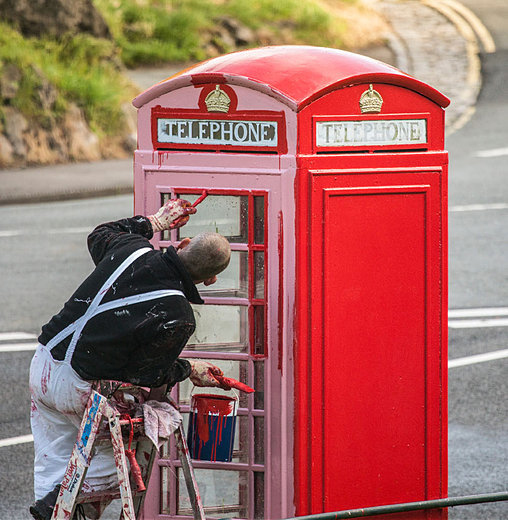
Is the system as good as it could be? It’s a mixed picture. People generally admire its objectivity and thoroughness of coverage. But listing gets a slender slice of the Historic England resources cake and it needs to stay current.
What is most needed is a mechanism that can involve owners more in updating entries and draw on the huge amount of research undertaken through the planning process. This would bring a greater sense of shared enterprise and greater resources into a system: one that can only benefit from public buy-in and wider participation.
Bringing that to pass, however, requires more resources and, at the present moment, that doesn’t look likely.
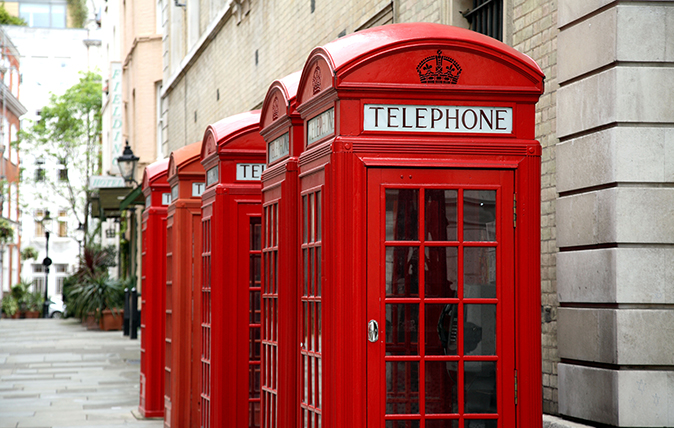
Red telephone boxes: 7 fantastic alternative uses for a British icon
Distinctly British, but rendered obselete by the march of the mobile, the red telephone box is finding new purpose, as

Credit: Strutt and Parker
Best country houses for sale this week
An irresistible West Country cottage and a magnificent Cumbrian country house make our pick of the finest country houses for
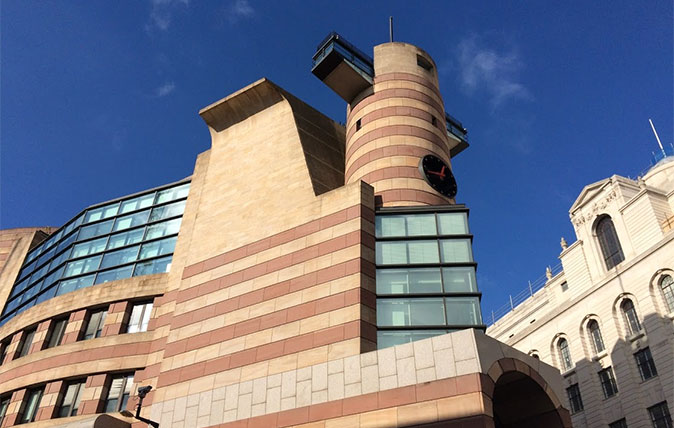
The architectural gems of the future? Nine of Britain’s most unusual and newest listed buildings
To most of us, the words 'listed building' conjure up images of beautiful houses, palaces or grand public buildings created
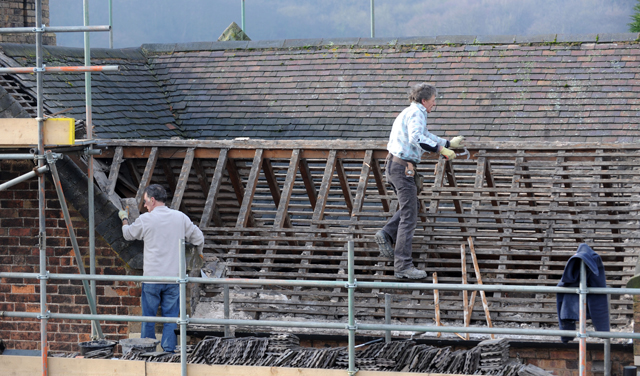
Listed buildings: assets or liabilities?
The attitude towards listed buildings, and their owners, must change drastically if our heritage is to be properly preserved, says
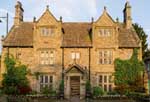
Listed buildings: does the system work?
We take a look at upcoming changes to planning law and consider how they will work

Top common problems in listed buildings
What are the most common problems surveyors come across in listed buildings and how can you prevent them?

How to restore a listed building
If you're planning a restoration, or any works on your listed building, make sure you consult our guide to who's
Country Life is unlike any other magazine: the only glossy weekly on the newsstand and the only magazine that has been guest-edited by His Majesty The King not once, but twice. It is a celebration of modern rural life and all its diverse joys and pleasures — that was first published in Queen Victoria's Diamond Jubilee year. Our eclectic mixture of witty and informative content — from the most up-to-date property news and commentary and a coveted glimpse inside some of the UK's best houses and gardens, to gardening, the arts and interior design, written by experts in their field — still cannot be found in print or online, anywhere else.

